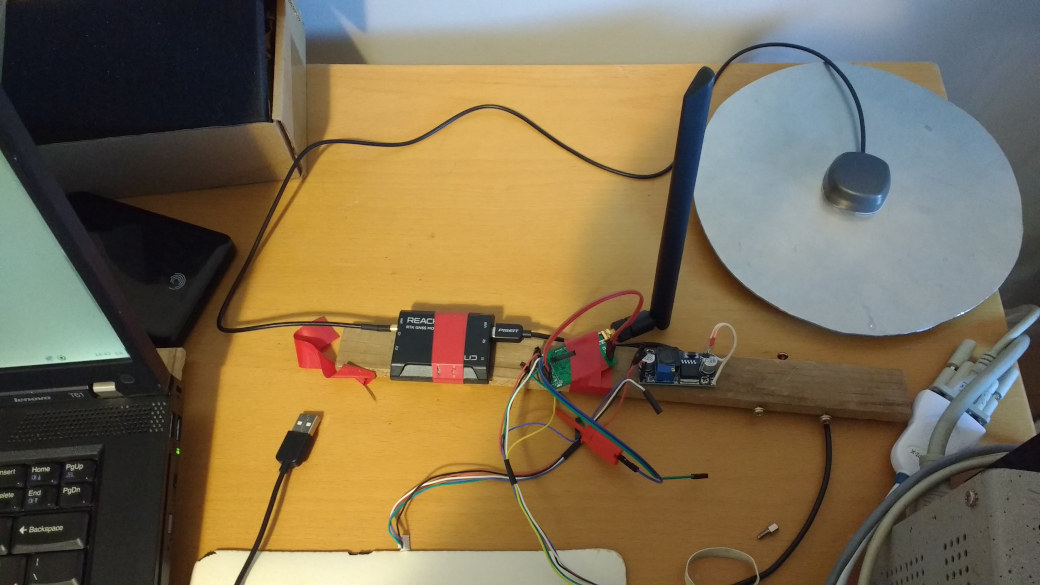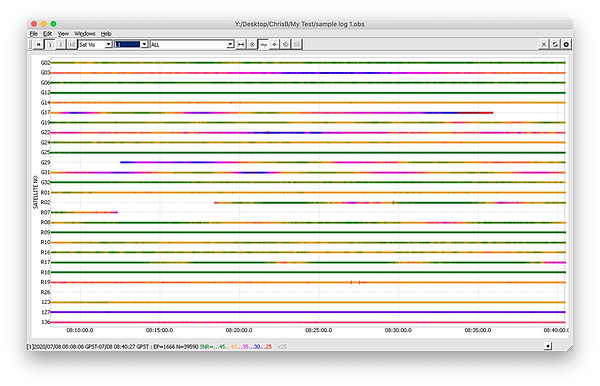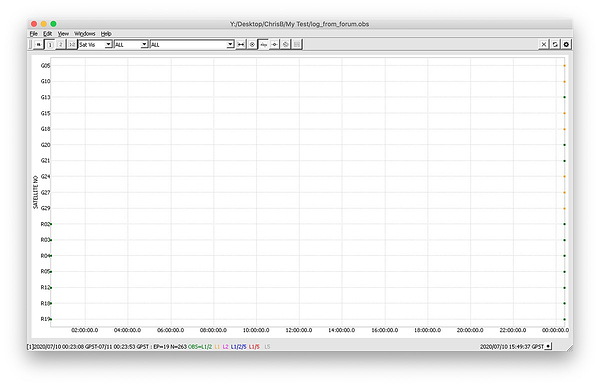Hi,
I’m having a few different issues with an M+ (fw 2.22.5) and a public RTCM 3.1 stream ( [http://142.41.245.88:2103]).
The final goal is to stream corrections over an SX1278 LoRa link.
Issue 1 : as a sanity test, I connect the M+ to a PC via USB, then “nc 142.41.245.88 2103 > /dev/ttyACM0” and configure the M+ accordingly. This mostly works, but on the Status page, I notice often the “Age of differential” increases to 3-4 seconds, even though the server is sending out 1Hz updates. It’s as if some corrections are dropped sometimes ? Is this expected ?
Issue 2: I’d like to use my modems at 4800bps, but reachview only allows >= 9600. Not a big problem, I can live without this.
issue 3 : this time connecting my lora modems. Sanity checked by configuring the M+ to send NMEA position updates: that works.
Also sanity checked by doing a loopback test at the M+ end : also works but not tested at full throughput.
In the other direction (simply piping that public RTCM stream to the modem), I can see RX activity at the M+ end, but the corrections probably get corrupted or truncated by my modems. That’s my fault, using 3rd-party modems, but I’m having difficulties troubleshooting this. ReachView doesn’t have any way of showing raw serial traffic.
I tried to SSH into the reach and after a bit of research, I discovered I can do basically nothing without root access. I also just learned root access is no longer allowed, which is very frustrating.
Any suggestions to troubleshoot this would be appreciated.
@ emlid , I understand your reasons for disabling root, but in this case it would’ve been helpful (I probably would’ve found the problem already and not be asking here).
Or at least providing a root-enabled dev version that comes with a big disclaimer about “unsupported, experimental, etc etc.”…
I hate the thought of having to jailbreak a linux-based device that I paid for, and that used to have root access.







